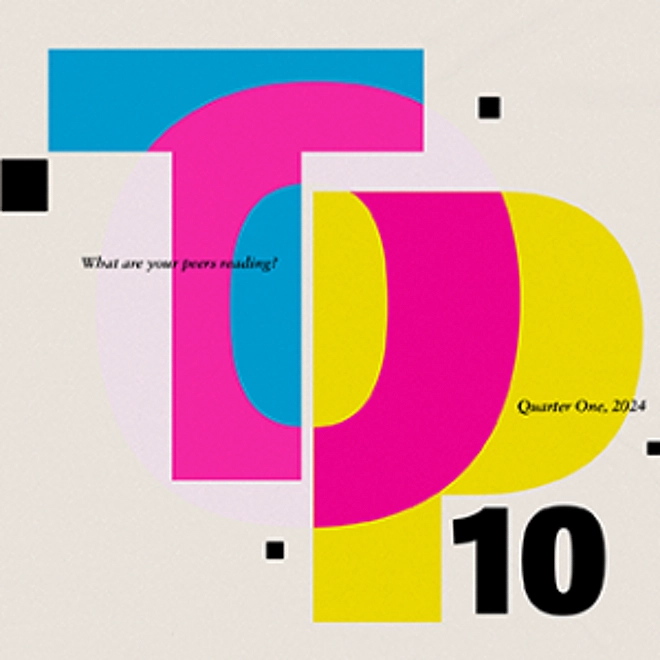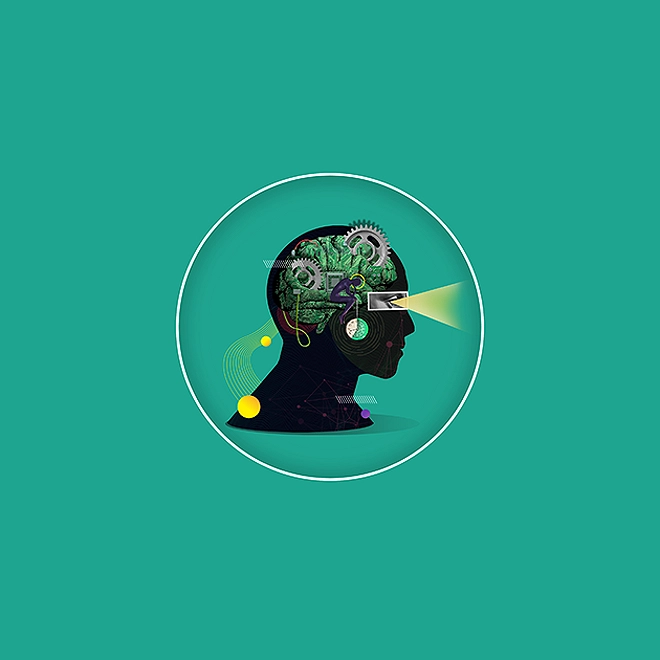Our thinking
The latest research, analyses and strategies to help future-focused organizations thrive in this period of great challenge.
Editor’s choice
Dive deep into the topics reshaping business and society
Explore our thinking by role
Our industry experience
Insights brought to you by our industry research centers
Explore the latest thinking, insights, analyses and perspectives from our specialists on today’s most important issues, across a wide selection of industries: Consumer, Energy, Resources & Industrials, Financial Services, Government & Public Services, Life Sciences & Health Care, Technology, Media & Telecommunications. Our industry expertise is developed to help businesses address complex market issues and to develop solutions for some of their biggest problems.
Opens in new window








